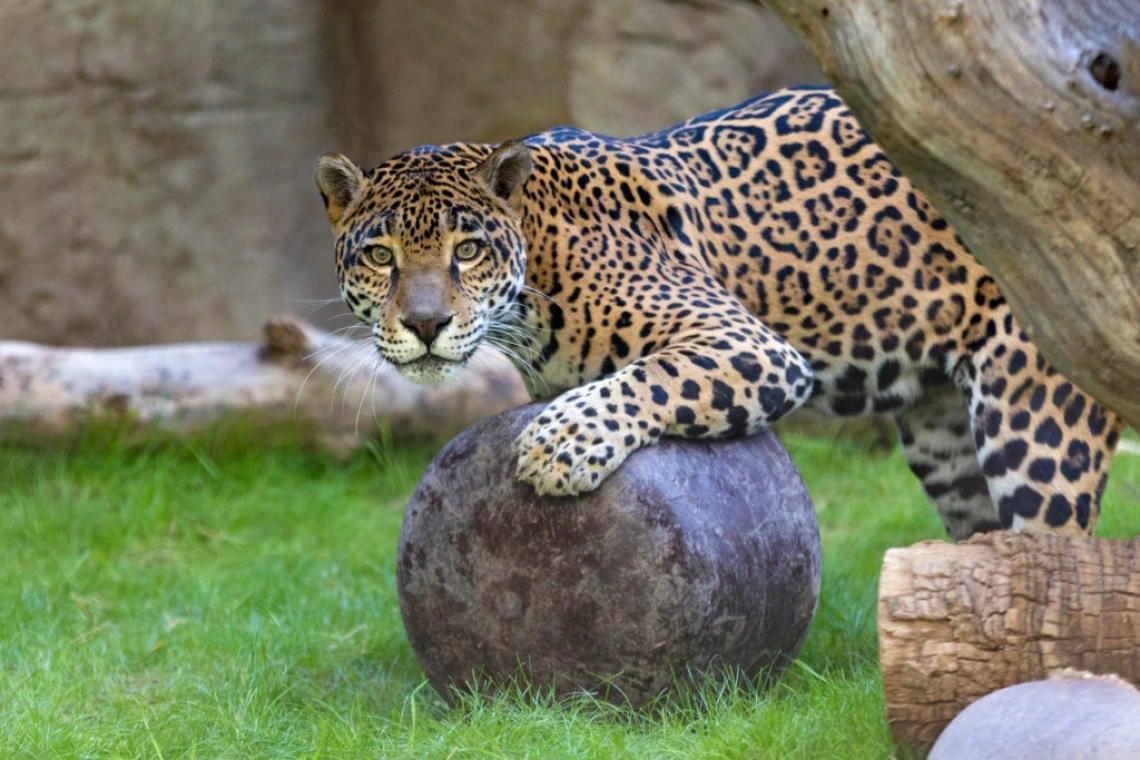Students Partner With Jaguar, Flamingos for Capstone Projects

Reid Park Zoo
Project Title: Zoo Educational App
Team 21033 Members:
Nujud Saud M Alharbi, biosystems engineering
Joseph Emmanuel Chamul, information science and technology at PCC
Bennett Bradley Estrada, electrical and computer engineering
Lexi Colleen Hayden, systems engineering
Celeste Hannah Maher, electrical and computer engineering
Rohan Rasiklal Patel, electrical and computer engineering
Sponsor: Reid Park Zoo
Project Title: Animal Enrichment Automation
Team 21034 Members:
Jianna Aleyse Auditore, systems engineering
Kristine Hope Jones, biosystems engineering
Sarah Labat, systems engineering
Tiffany Tinyee Ma, electrical and computer engineering
Dustin Tien Nguyen, mechanical engineering
Anthony James Sanchez, electrical and computer engineering
Sponsor: Reid Park Zoo
Harnessing solar energy, building roads and bridges, and inventing biomedical devices are just some of the ways engineers make life better for humans. Two of this year’s interdisciplinary capstone teams will be applying their talents to improve animal experiences. Dean David W. Hahn provided support from the Craig M. Berge fund to partner with the Reid Park Zoo in Tucson for their projects.
Augmented Reality Flamingos
Team 21033 will be creating an interactive mobile app for zoo patrons to learn more about different animals. Their initial design will be focused on the Chilean flamingo exhibit, but, if it is successful, the zoo would like to use the same idea for other animals and exhibits.
“I have very fond memories of going to the Reid Park Zoo with my family growing up,” said electrical and computer engineering student Celeste Maher. “I also really enjoy coding and developing software. Therefore, creating a mobile application for Reid Park Zoo was just something I had to be a part of.”
The team had two options: One for the app to provide information about the specific animals at the zoo, such as their names and ages, as well as some information about the species’ natural history. The other is an immersive experience in which zoo guests can scan a QR code to see a photo or augmented reality portrayal of the animals in their natural habitat. As people move through the park, the app will display text and images with more information about the animals.
The team members, who are using the Agile process for their project, have opted to try the more extensive, augmented reality version. They’re finishing up the design and planning portion of the project and looking ahead to developing a 3D, augmented reality flamingo.
“None of us have experience in 3D design or animation, so we will have to learn as we go,” said Alexa Hayden, team lead and systems engineering major. “Although this will be the hardest part of our project, we are excited to learn how to create and animate a 3D model of a Chilean flamingo!”
Ensuring Comfort for Big Cats
When humans aren’t comfortable in their environments, they can change it by turning on items like fans, misters or even the radio. Team 21034 will be creating a system that allows animals at the Reid Park Zoo to do the same thing via a network of motion sensors.
Their initial project is designed to work in the enclosure for Bella the jaguar, but the overall idea – motion sensors that animals can activate to turn on different “electronic enrichment items” – should be able to work in a variety of habitats.
“One of the things that drew me to this project was just the potential for it,” said biosystems engineering major Kristine Jones. “If things go well and we design a successful system, it’s not something that will only be used at the Reid Park Zoo, but also be used at other zoos.”
During the fall semester, they’re working on designing four individual infrared sensor systems and figuring out how sensitive they should be. For example, they need to determine how close an animal will need to get to activate a sensor and how long it will automatically stay on once it’s activated. Come spring, they plan to build a weatherproof enclosure for the system and test it out with Bella.
“What really intrigued me was the open-endedness of this project,” said electrical and computer engineering student Anthony Sanchez. People at the zoo came up with the idea for this system, but they didn’t have the knowledge we’ve learned in school as engineers to implement it. It gave us the opportunity to be more creative and work with our own designs.”

